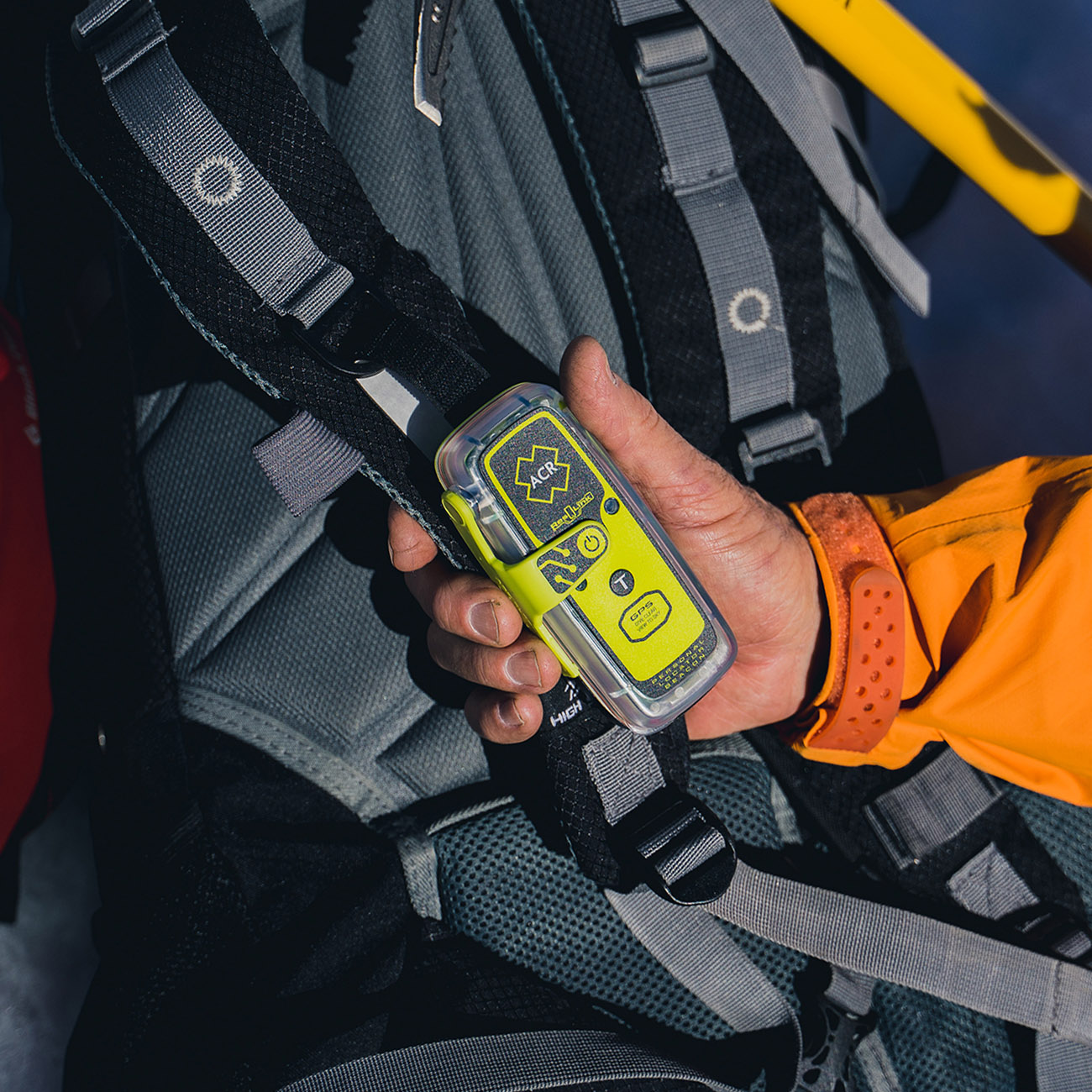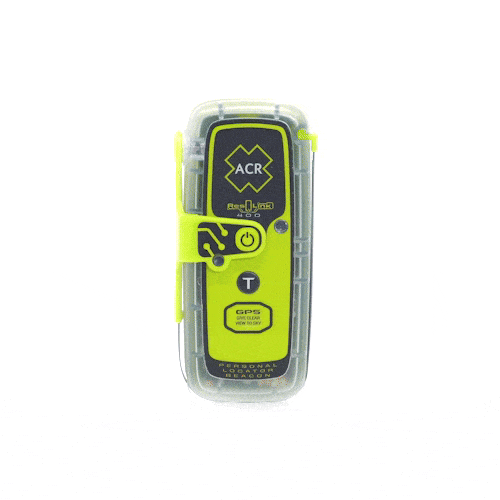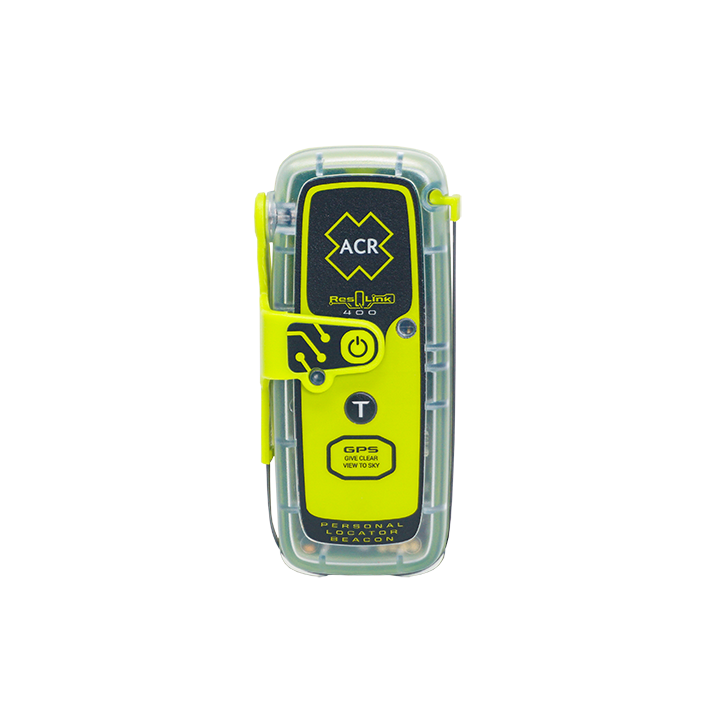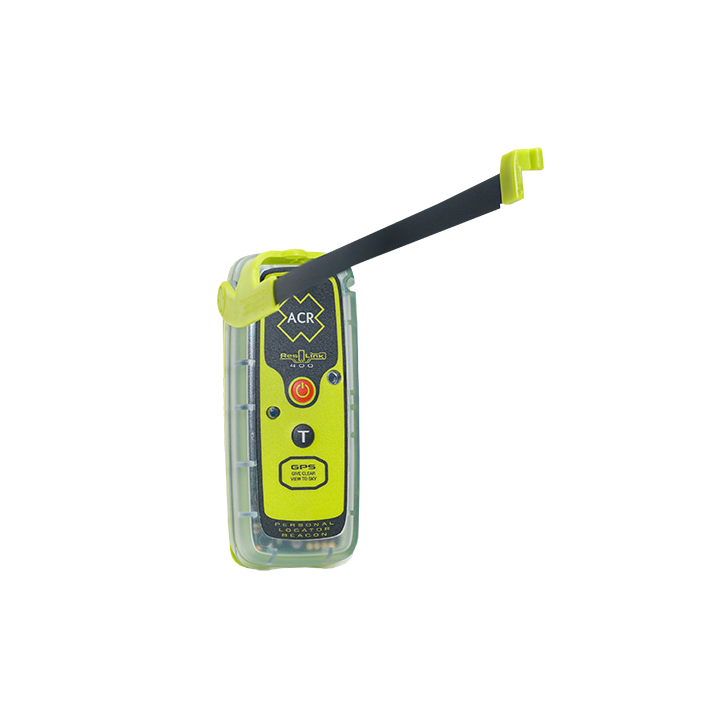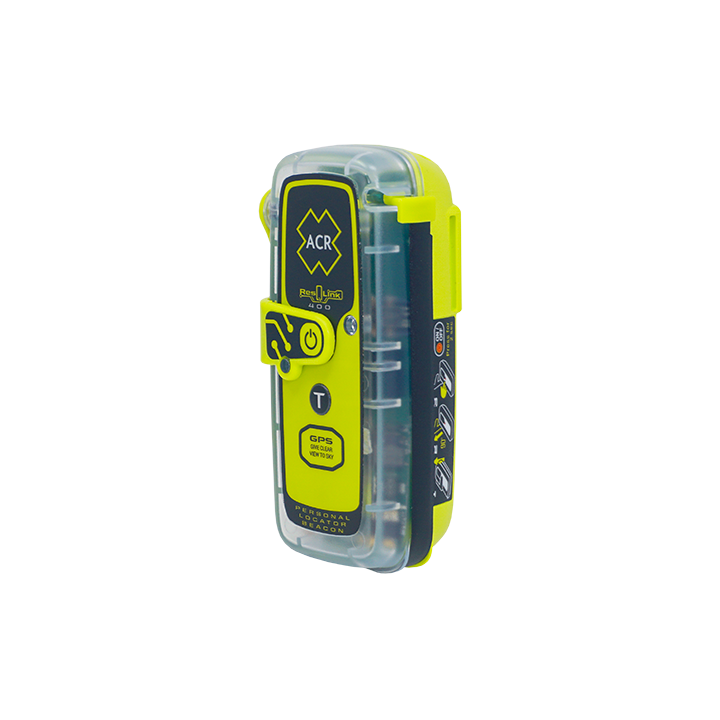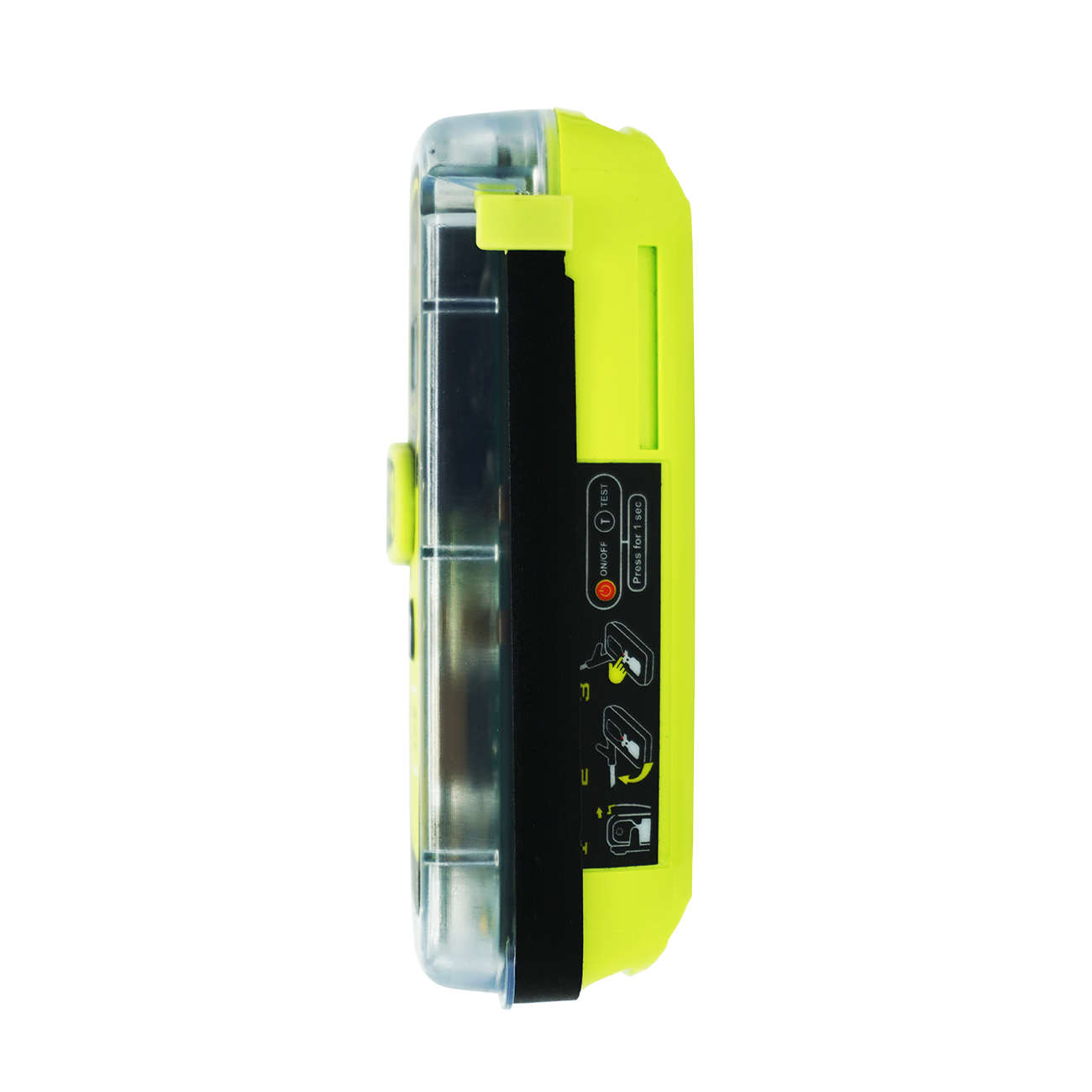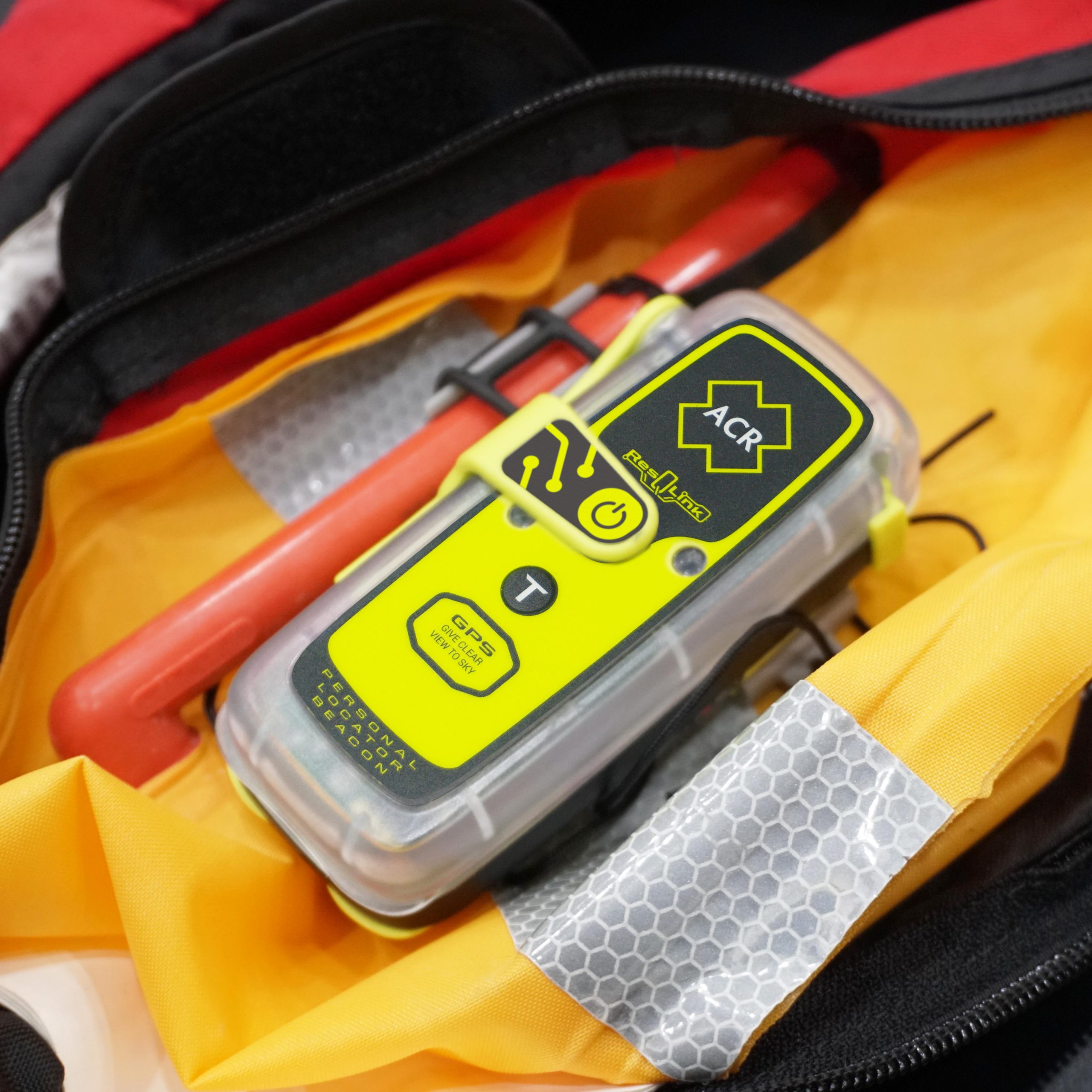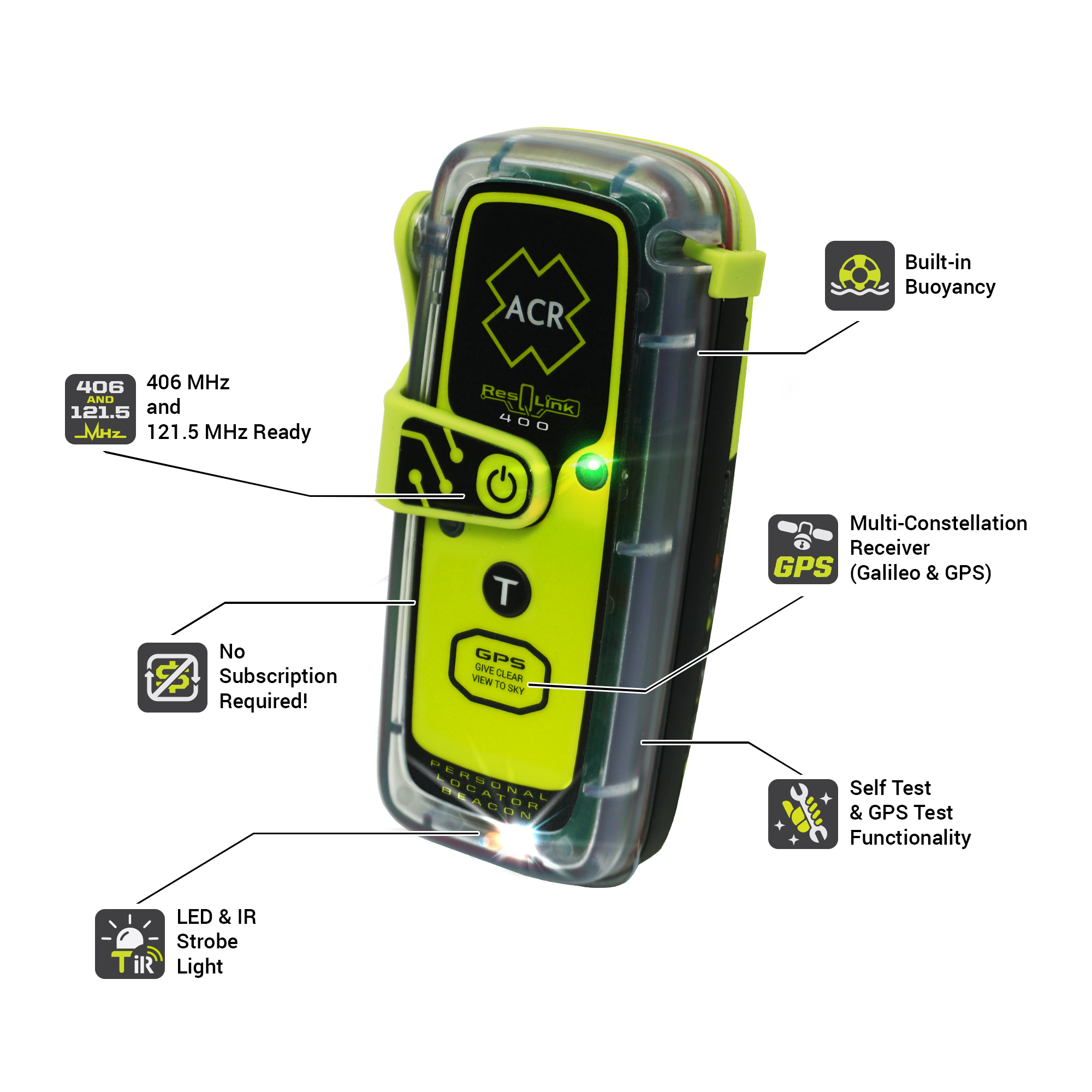Lives saved
1
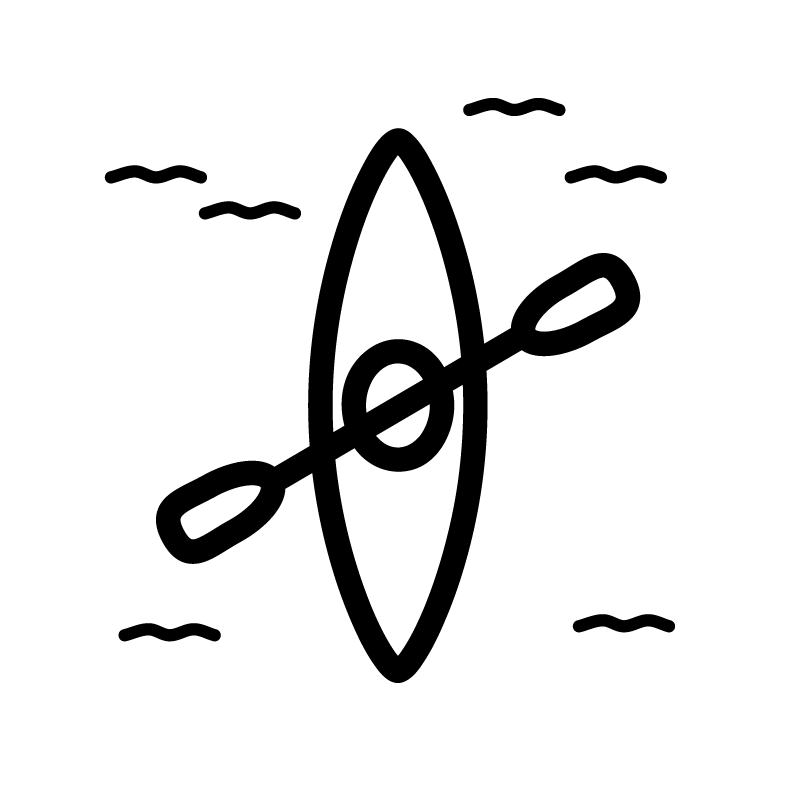
Water-sports

Ocean

Mechanical failure
Normal conditions
Stranded at Sea: Solo Surfski Adventure Turns into Rescue Mission
-27.491403734804°S, 153.2855113916°E
Posted on October 2, 2024 by Louis Kirsten
What happened?
On Friday, September 13, 2024, my wife dropped my experienced buddy and at Victoria Point. We were looking forward to the perfect work-week wrap-up and set off at 3:00 PM towards Wellington Point. The wind speed was around 25 knots southeast, with a swell height of about 1.8 meters. I was wearing a leg leash and a PFD. Crucially, I had my ResQLink 400 PLB tied around one leg.

At around 3:45 PM, with about 4 km left to go and roughly 2 km offshore. My left carbon paddle blade snapped clean off at the socket neck. It may have been due to fatigue, as the paddle was about four years old. After a moment of thought, I realized the conditions were too challenging for a self-rescue, especially with nightfall.
In Australia, the Australian Maritime Safety Authority registers PLBs and performs an annual registration check. With my PLB registration up to date, I felt confident in activating it at around 3:50 PM.
As I later learned, the distress signal was relayed to the National Rescue Coordination Centre in Canberra. The were able to contact my wife. She confirmed our location and identifying details. Canberra notified the Port of Brisbane Water Police, who coordinated the rescue and informed the Raby Bay Volunteer Rescue.
The plan was to dispatch two helicopters by 5:00 PM if I wasn’t located, to finish the search before dark.
Two rescue craft reached me simultaneously at around 4:30 PM. They returned me and my surfski to the Raby Bay Marine Rescue Station by approximately 4:40 PM. When we arrived, we got a check-up by the Ambulance Service. The officers who assisted me said this was a textbook rescue, the kind they enjoy.
The only uncertainty during the ordeal was whether marine rescue would take 30 or 40 minutes to reach me.
In the end, I discovered that my trust in the device’s reliability and the national rescue response plan was well-placed! To be honest, I’ve occasionally left the PLB at home, feeling confident in my leash and PFD combo. After this experience, however, the PLB will always be the first item I strap on. Onwards and upwards, ACR PLBs!
Words of wisdom
Push the envelope but keep making sure you’ve got the stamps on it to get you home!
Thank you note
I do not believe it is possible to wish for more capable response under the circumstances – none of which would have been possible without the most reliable line of defense I carried: the trusty PLB!
Rescue location
G75P+C6 Cleveland QLD, Australia
Rescue team
Local Search and Rescue
ResQLink™ 400 Personal Locator Beacon
Go to product details$379.95 – $554.95
Small but resilient, the ResQLink 400 has been professionally engineered and tested to ensure it can withstand even the harshest elements. This buoyant Personal Locator Beacon requires no subscription for use and can be utilized to enhance your safety in a wide variety of environments. Whether on land, at sea, or in the air, trust that the ResQLink’s satellite precision and military durability, put rescue in the palm of your hands.
Features and Benefits:
- No Subscription Required
- GPS and Galileo GNSS
- Built-In Buoyancy
- Strobe and Infrared Strobe
- Global Coverage
- MEOSAR Compatible
- Small and lightweight
- 5-year battery life
- 24+ hours Operational Life**
- Multi-function Clip System Included



